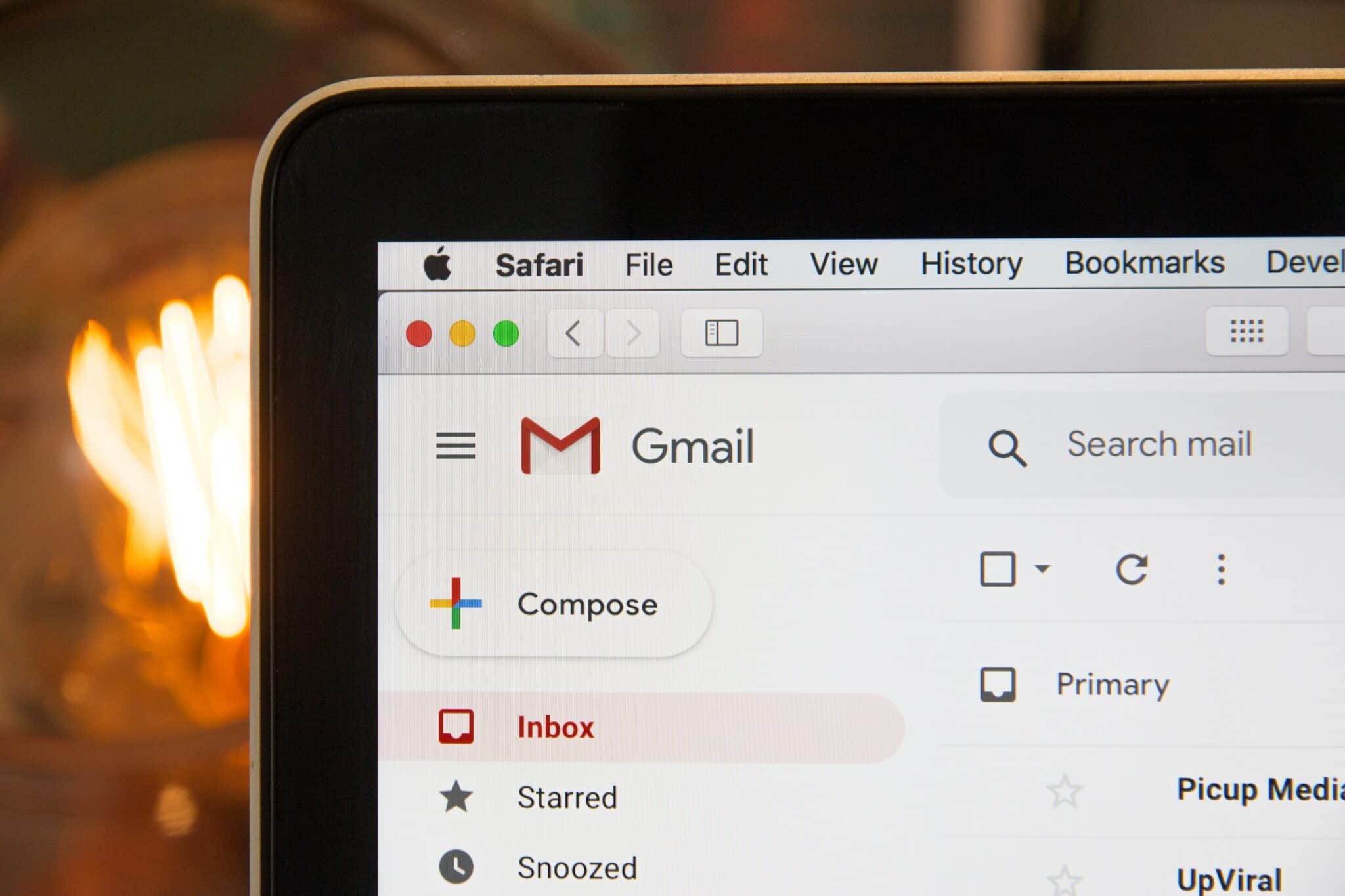The Secret For Improved Customer Engagement: Email Marketing

Have you ever considered how email marketing could improve customer engagement?
With the right strategies and techniques, email marketing can effectively drive customer loyalty and engagement.
But how do you go about creating an effective email marketing campaign? What tips can help maximise the impact of your emails on customers?
This article will explore how to use email marketing to improve customer engagement. We will discuss strategies for crafting engaging content and advice for leveraging customer data to create a tailored experience.
Overview of Email Marketing
Email marketing is an effective way to engage with your customers and can yield a high return on investment . Email marketing allows you to reach out to your audience in a personalised way, providing them with information about your products or services.
One of the primary benefits of email marketing is that it helps build relationships with your customers.
By sending regular emails to subscribers, you stay top-of-mind and provide value through educational content or special promotions. This type of engagement keeps customers interested in what you offer and encourages them to share the information with others who may be interested.
To make sure that your email campaigns are engaging, remember that less is more. Your emails should be concise and easy to read while delivering value to the reader.
Getting Started
Studies have shown that customers prefer email to communicating over social media or other digital channels. This preference also extends to marketing, with email marketing campaigns consistently outperforming other forms of advertising regarding customer engagement.
One reason why email is so effective is its versatility. Whether you’re sending promotional offers, newsletters, or simply keeping in touch with customers about their purchases, email allows you to tailor your message to your audience’s needs and preferences.
So, to get started, we have listed some helpful tips to generate more customer engagement through email marketing:
Understanding Your Customers
To create effective campaigns that resonate with your audience, you need to know who they are and their needs and preferences. This requires a deep understanding of customer behaviour, demographics, psychographics, and buying habits.
To start, create buyer personas that represent your typical customers. A buyer persona is a fictional character that embodies the characteristics of your target audience.
Use research data from surveys or interviews to develop these personas into detailed profiles that include age, gender, income level, educational background, job title or industry sector.
Creating specific personas for each market segment allows you to tailor communications to best connect with them.
Segmenting Based On Preferences
Segmenting based on preferences is a proven strategy to help businesses deliver relevant content to their customers.
By segmenting the email list based on consumer behaviour, businesses can tailor their marketing campaigns to fit each customer’s specific interests and needs. This leads to higher engagement levels and, ultimately, more sales.
One of the key benefits of segmentation in email marketing is increased engagement rates. When customers receive content that they find interesting and relevant, they are more likely to engage with it. This could include opening an email, clicking links or purchasing.
In contrast, overly generic emails that don’t speak directly to a customer’s needs or interests are more likely to be deleted without being read.
Personalizing
After grouping your recipients, it’s time to send them personalised emails.
Personalising your email marketing campaigns can significantly impact engagement rates. However, it goes beyond simply adding a recipient’s name to the subject line.
To effectively personalise your email marketing campaigns, you must first segment your email list based on relevant information such as demographics, past purchases, or website behaviour.
This allows you to create targeted messages that speak directly to each group’s interests and needs.
Additionally, consider using dynamic content that changes based on the recipient’s location or other data points.
Don’t forget about personalization in the design of your emails as well. Use images and colours that resonate with each segment of your audience and incorporate their name throughout the body of the email.
Utilising Calls-To-Action
Companies spend countless hours crafting the perfect message, designing eye-catching graphics, and ensuring their email reaches the right people. However, even with all these efforts in place, sending an email and hoping for the best is not enough.
That’s where calls to action come into play.
Calls-to-action (CTAs) are crucial to any effective email marketing strategy. A CTA is a statement or button that prompts the recipient to take action after reading your message. This could be anything from visiting your website to signing up for a newsletter or purchasing.
Without CTAs, your recipients may be left unsure about what to do next and lose interest in engaging with your brand.
Split Testing
You need to conduct split testing to ensure that your emails are engaging and effective. Split testing, or A/B testing, compares two or more versions of an email campaign to determine which one performs better.
One of the main benefits of split testing in email marketing is improved engagement rates.
By experimenting with subject lines, email content or call-to-actions, you can identify what works best for your audience and tailor future campaigns accordingly. This will increase open and click-through rates, increasing conversions and sales.
It’s important to remember that split testing requires careful planning and analysis to generate meaningful results.
Conclusion
In conclusion, email marketing is an effective strategy for improving customer engagement. By providing customers with personalised messages, timely updates, and targeted offers, companies can create deeper relationships with their customers.
Email campaigns can also be easily tracked and measured to understand customer preferences and behaviours better.
Not only does email marketing help improve customer engagement, but it also allows for significant cost savings over other traditional forms of marketing.
FAQs
What are the tools I can use to make email marketing easier?
Many AI tools can make email marketing easier, including content generation, predictive analytics, and automation.
The content generation tool is useful when you’re looking to create a new email campaign or a new sales page.
Predictive analytics is helpful for marketers who want to know what their audience will respond better to when it comes to marketing campaigns.
The automation tool is used by marketers who need help with automating tasks like scheduling emails or sending out follow-up emails after a purchase has been made on their site.
What is the difference between email marketing and social media marketing?
Email marketing and social media marketing are two of the most popular forms of digital marketing. However, email marketing is a form of direct marketing where the sender (the marketer) sends promotional messages, commonly known as “emails,” to a list or database of recipients.
Social media marketing is a form of public relations and digital marketing that involves creating and distributing original content on social media channels such as Facebook, Instagram, Twitter, YouTube, Snapchat, etc.
How do email marketers measure their success?
Successful email marketers know it is not just about sending emails to their subscribers. They also have to look at the ROI of their efforts and know what they are getting in return. This includes the number of clicks, conversions, revenue, etc.
Some email marketers use tools like SumoMe or MailChimp to track their success metrics, while others use Google Analytics or Mixpanel.






